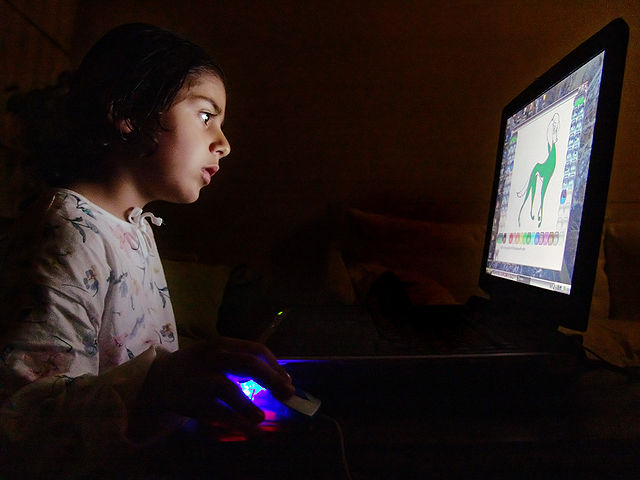
As internet and education technology use has increased, so have the dangers that come along with it. The regular issues of using computers or the internet, such as hacking, malware, phishing, are bad enough. However, in the classroom, there are more pressing issues, like inappropriate content, cyber-bullying and privacy. Privacy is the one I would like to talk about right now. Different social media and edtech sites deal with these issues in different ways, however, I want to share how Wurkbuk aims to deal with them...
Firstly, Wurkbuk uses minimal personal data to work. It only requires students' names and email addresses. All other data, such as marks, groups, assignments and feedback are generated by Wurkbuk itself. All of these are kept private and secure within the Wurkbuk system. No other personal information is collected or kept. For children under the age of 13, however, this can still pose an issue. This is because in many jurisdictions, email addresses cannot be collected for those under 13. Wurkbuk uses some tried and tested ways to ensure that all students can still use it for educational purposes, in the classroom and at home.
There are 3 main ways that Wurkbuk will deal with the issue of privacy:
No email addresses
The first is to not use student email addresses at all. It is possible to register your students without their email addresses. Currently the only way to do this is to use a dummy domain name with their first and last name, such as
Parent Proxy
The second way this is dealt with is to use a parent/guardian proxy account. This is when the student is registered and with their parent's/guardian's email address instead of their own. This will enable parents to keep tabs on student actions and any other teacher interactions that may take place.
Private Wurkbuk Server
The final way to ensure student safety online is for schools to use a Wurkbuk private server. This is when the school has their own Wurkbuk installation on one of our servers, only accessible by students, parents and staff of that school. This is also managed by a designated administrator within the school (the IT manager, or Head of CS or other senior leader), who is the only person that can create and assign accounts. There is no way for users to self register with this version. This way, only those within the environment of the school can gain access.
Some of these features are still under construction and will be finalised by the time Wurkbuk is in release candidate. Although the private Wurkbuk server is not yet available, the no email addresses and parent proxy methods can be used right now with Wurkbuk Beta 2. I wanted to share this with you now to let you know that privacy and e-safety are not afterthoughts with Wurkbuk. I believe privacy should be a core component of every educational technology tool and should be thought of all the way through the development process.
For more informaiton on online safety for students, please check out this great resource, Online Safety by Royce Kimmons of Brigham Young University. This is one section of The K-12 Educational Technology Handbook available free online.